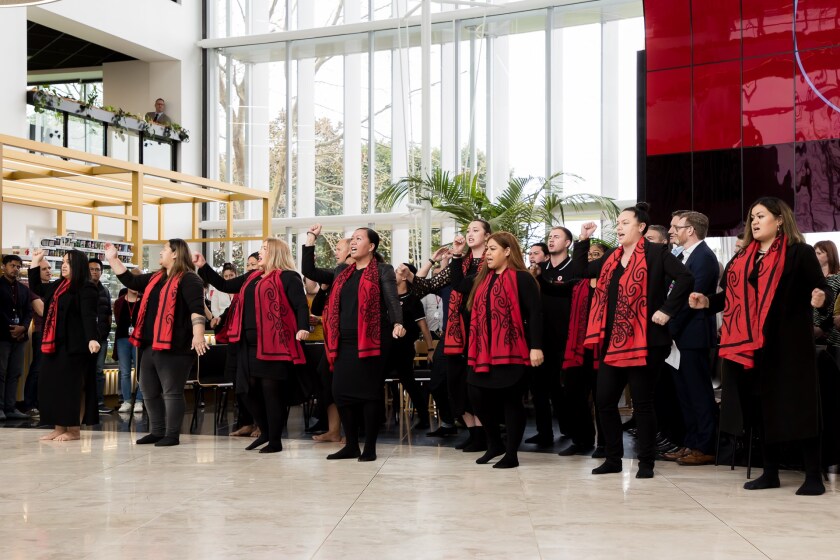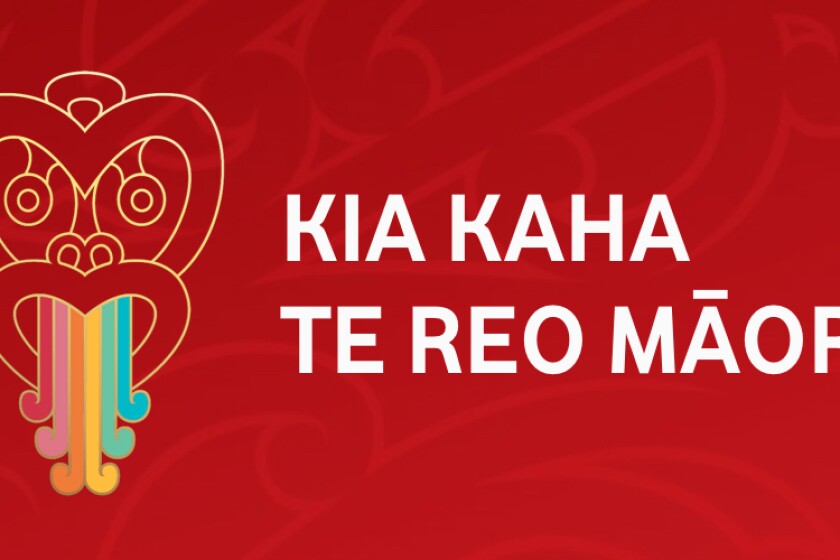There’s a lot of learnings one tends to collect over ten years working in the same company, in the pursuit of normalising te reo Māori in the workplace. This is the second of a series of posts where I share some of these learnings in celebration, commemoration and commiseration of Te Wiki o te Reo Māori – feel free to read the first post here.
Sometimes people approach me asking for help to pick a Māori name for their team, or kaupapa. After several requests over the past 12 months we’ve come up with our own tikanga or ways of doing things in the Vodafone whare. I’m sure there could be other and better ways to do it, but with so few laid-out paths of tikanga in the corporate/business world I’m sharing it here in the hope it might be helpful to others, or even better – other forms of tikanga in the workplace are identified and shared.
The "Do"s:
1. Do have an initial discussion (up to 30 mins)
- Why do you want to use a Māori name? What are you looking to achieve? Identify time frames, stakeholders, key intent of the name, explanation of the process and the importance of the process in terms of authenticity and respect.
2. Do hold a wānanga or workshop (45 to 60 mins)
- Invite team members and internal advisors with Māori knowledge skillsets to facilitate a discussion about what you stand for as a team, goals, aspirations, etc. Make sure you outline what’s in it for your internal advisors – lifting of profile, opportunity to build new relationships with other team members, etc.
- Identify symbols, colours, items, places that resonate with what you want the name to stand for and brainstorm names, ideas, proverbs, prayers
3. Do take time to reflect (a few days at least, a few weeks at most)
- Allow time for conversation to permeate, and for people to draw their own conclusions, parallels and connections to specific words or phrases.
4. Do have a follow up wānanga or workshop (45 to 60 mins)
- Agree on a name, meaning, strategic and tactical layers that the name connects to
- Agree the narrative of how the name came to be, the meaning and symbolism behind it and how you will ensure protection through correct pronunciation and embedding the story of the name within the team using it
- Discuss launch requirements and support needed
5. Do unveil the name of your kaupapa appropriately (as much time and space as needed)
- Within your unveiling/launch share the narrative and teach your colleagues how to pronounce the name correctly
- Ensure the narrative is captured/written somewhere appropriate and that induction of new team members includes the sharing of the narrative as well
If you are going to be the person leading the kaupapa in the early days for your business, it’s possible you’ll get push back from colleagues or leaders in the absence of precedence.
The "Don’t"s:
For those considering taking on the responsibility of a Māori name, please…
- Don’t ask your colleagues to come up with a name by “close of business” the next day.
- Don’t leave the responsibility of identifying a suitable name with your Māori colleagues alone.
- Don’t try to short-cut the process, remember the commitment made up front around timeframes and respect the process.
As our opportunities to gain experience in this space have grown and our thinking in this area has progressed, if any of my colleagues are hoping to use a Māori name now for their kaupapa, I’d ask them the following questions:
- Why do you want to adopt a Māori name for your kaupapa?
- What is your level of commitment to building your general knowledge of the Māori world and language?
- Are you committed to [respecting] the engagement process and possible timelines?
- Are you prepared to work with (and invest in) external consultants if needed?
These questions provide key indicators as to whether or not a team or person is ready for the responsibility. Remember that te reo Māori is a taonga, it’s a treasure and as such reo Māori speakers (no matter how little or much we have) take the responsibility seriously. It can be tiring to maintain such emphasis and commitment to the tikanga, but I’d like to think that the negatives are far outweighed by the benefits and one day this will be normal practise in the work place.




